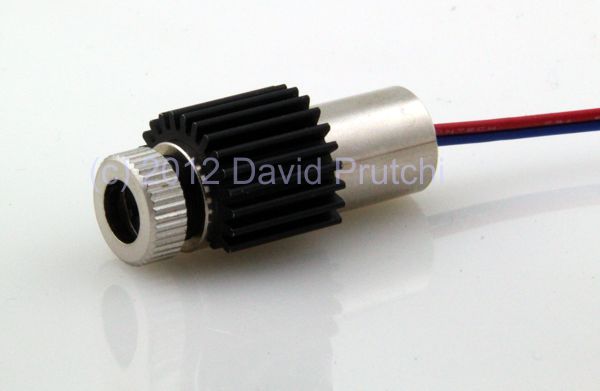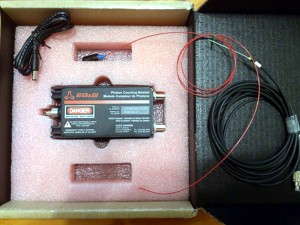 I HAVE NO RELATION TO SELLER – Just passing along in case someone is interested.
I HAVE NO RELATION TO SELLER – Just passing along in case someone is interested.
eBay item number 271206242864:
“The EG&G (or Perkin Elmer) SPCM-AQR is a self-contained module which detects single photons of light over the wavelength range from 400 nm to 1060 nm and sensitivity which often outperforms PMTs. The option 13-FC indicates 180 micron diameter Si APD, Dark Count < 250cps and FC connector attached.
I obtained this detector in working order five years ago and have not used it since then. The detector comes with two unknown optical fiber cables (one end: FC, the other end: bare fiber) and a supply cable to which you need to give 5V. No manual included. The US sale only.”



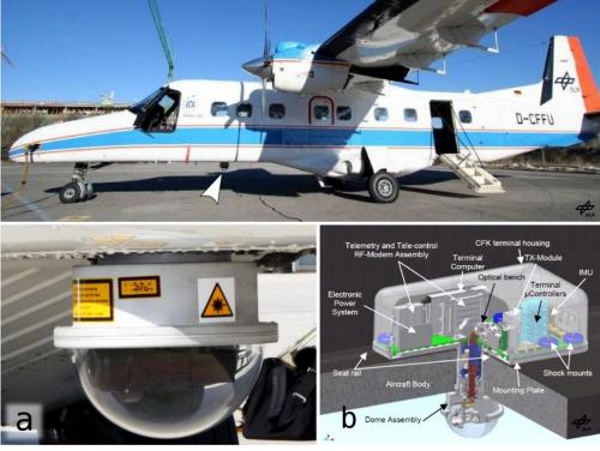
 A recent paper entitled “
A recent paper entitled “
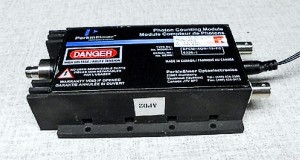 Today I found two Perkin Elmer SPCM-AQE-13-FC SPCMs for sale on eBay at $400 each. eBay auction numbers are 280877451350 and 280877453169. I am passing along this information in case that blog readers may be interested. I have no connection whatsoever to seller.
Today I found two Perkin Elmer SPCM-AQE-13-FC SPCMs for sale on eBay at $400 each. eBay auction numbers are 280877451350 and 280877453169. I am passing along this information in case that blog readers may be interested. I have no connection whatsoever to seller. Someone (I don’t know the seller) is selling brand new Perkin Elmer C30902E Silicon Avalanche Photodiodes on eBay. Auction number:
Someone (I don’t know the seller) is selling brand new Perkin Elmer C30902E Silicon Avalanche Photodiodes on eBay. Auction number: 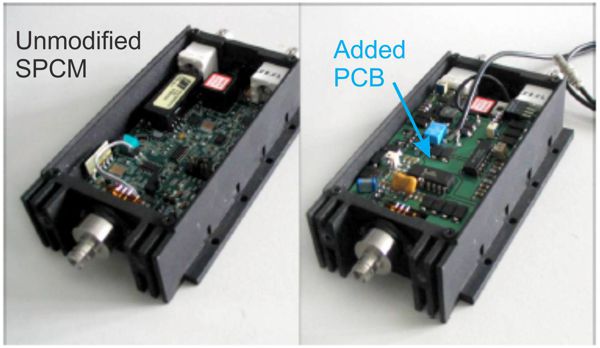 I. Rech, I. Labanca, M. Ghioni, and S. Cova of the Politecnico di Milano in Italy described an interesting modification to the Perkin Elmer SPCM-AQR Single-Photon Counting Module (SPCM) to improve its timing characteristics in:
I. Rech, I. Labanca, M. Ghioni, and S. Cova of the Politecnico di Milano in Italy described an interesting modification to the Perkin Elmer SPCM-AQR Single-Photon Counting Module (SPCM) to improve its timing characteristics in: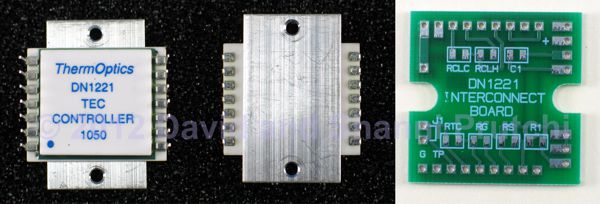

 Our diy entangled-photon source, shown in the
Our diy entangled-photon source, shown in the 